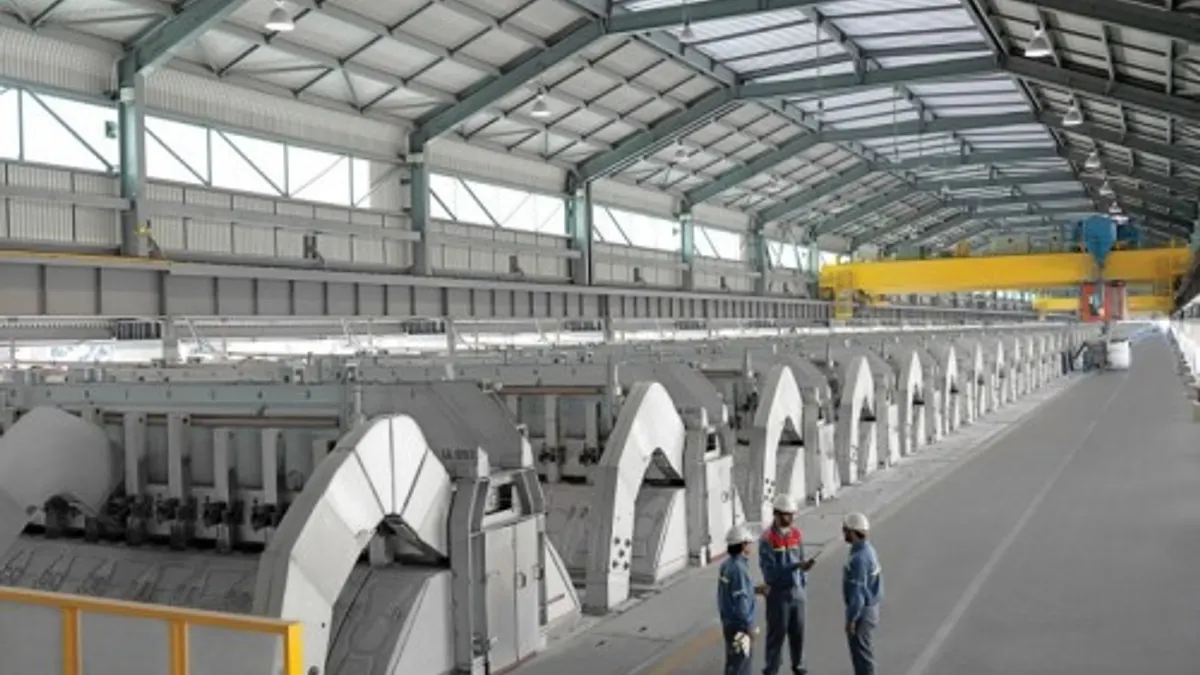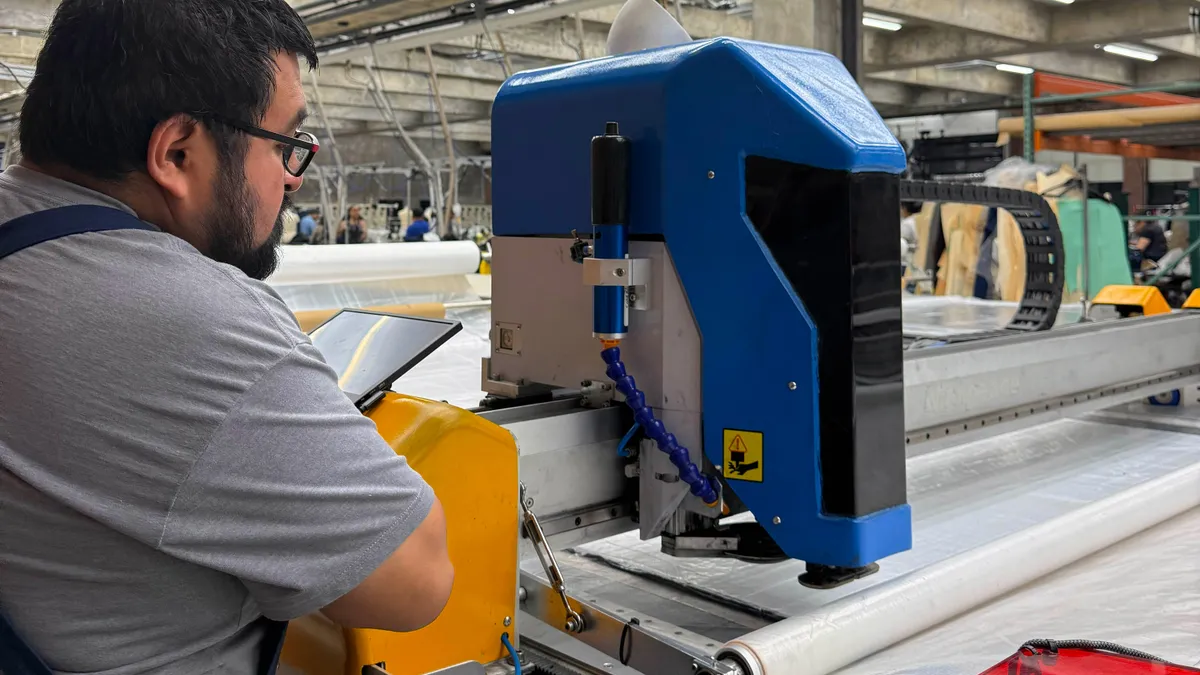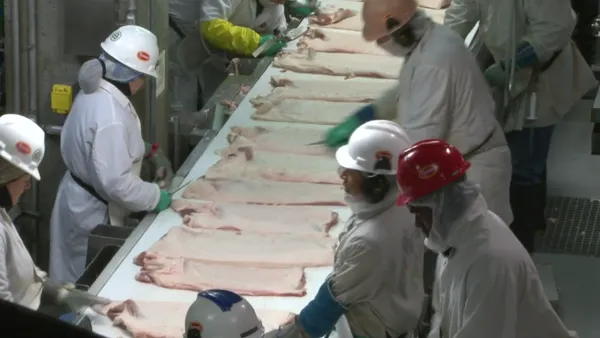Dive Brief:
- Emirates Global Aluminum, one of the world’s largest aluminum producers, is moving forward with plans to invest $4 billion to develop a primary production plant in Inola, Oklahoma.
- The project, expected to be operational by the end of 2026, will have the capacity to produce 600,000 tons of primary aluminum and create 1,000 jobs, according to a memorandum of understanding between EGA and Oklahoma Gov. Kevin Stitt.
- The production site, also known as a smelter, will be the largest of its kind in the U.S. once completed and nearly double the nation’s metal-producing capacity, according to the Oklahoma Department of Commerce.
Dive Insight:
The aluminum smelter is part of a broader commitment made last month between the U.S. and the UAE to advance more than $200 billion in commercial deals, including a $14.5 billion agreement from Etihad Airways to invest in Boeing planes and GE Aerospace engines, among other energy and technology partnerships.
The UAE deals also build on recent commitments from Saudi Arabia and Qatar to invest $600 billion and $1.2 trillion in U.S. industries, respectively.
The Oklahoma project would bolster the nation’s aluminum industry, which has declined over the years as countries with lower energy costs pass on the savings to customers, resulting in more competitive international prices. The U.S. imports most of its aluminum from Canada, followed by UAE, South Korea, Bahrain and China, according to census data compiled over the past year by the International Trade Administration.
Through 2000, the U.S. ranked as the world’s largest aluminum producer, according to a Congressional Research Service report. However, in 2021, that ranking fell nine spots, with U.S. aluminum accounting for less than 2% of global primary production.
This was due in part to domestic smelters closing their locations as electricity prices increased. From 2000 to 2021, the number of primary aluminum facilities in the country fell from 23 to six, according to the congressional report. Currently, Canada, Russia and the UAE are some of the leading aluminum producers, with China accounting for more than half of global smelting capacity.
Stitt and EGA said the Oklahoma production plant, if approved following a feasibility study, will be the first new aluminum smelter in the U.S. since 1980.
“The United States has been an important market for EGA for several decades, and we know there is strong demand for our high-quality metal ‘made in America,’ EGA CEO Abdulnasser Bin Kalban said in a statement. “EGA has the skills, technology and capital to start rebuilding this great American industry, and in Oklahoma I am confident we will secure the right conditions to do so.”
EGA is in negotiations with electric utility Public Service Co. of Oklahoma and the state government to secure a long-term power supply agreement for the plant. The company has also signed an exclusive land option deal for a site at Tulsa Port of Inola, located on the McClellan-Kerr Arkansas River Navigation System for waterway freight transportation.
The 350-acre site will produce aluminum for the aerospace and defense, automotive and food and beverage sectors, according to Oklahoma’s commerce department, including goods such as billets, sheet ingots, high-purity aluminum and foundry alloys.
In addition to the 1,000 direct jobs, the Oklahoma smelter is expected to support up to 4,000 construction jobs and create an aluminum industrial hub that spurs further employment and economic growth.













